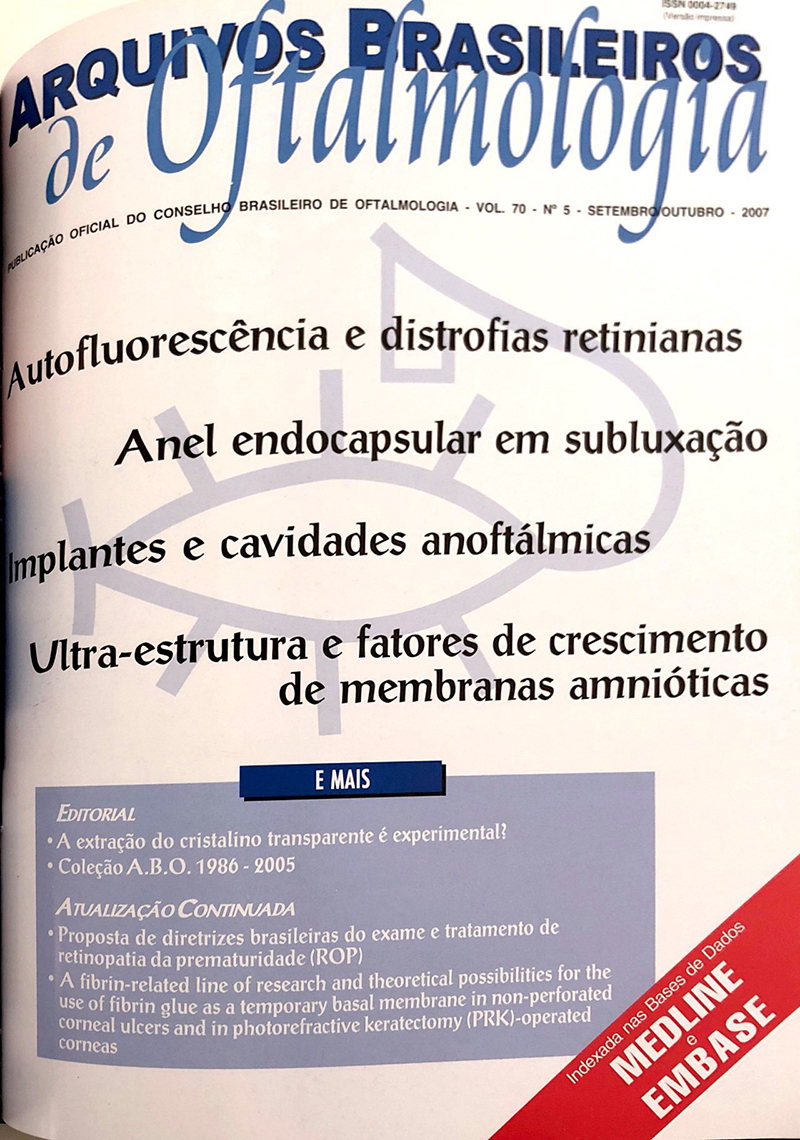PURPOSE: Flashes of light and floaters are most commonly caused by posterior vitreous separation but may be associated with sight-threatening disorders. Prevention of severe sequelae requires prompt dilated eye examination. Thus, information dissemination is crucial. This study aimed to evaluate the quality of information about floaters and light flashes available for patients on the Internet. METHODS: Cross-sectional study. In July 2005 we evaluated information available on the Internet regarding floaters and light flashes, using two search engines (MetaCrawler and MSN) and three key terms ("floaters", "dark spots eye", and "light flashes eye"). The quality of each website was evaluated using a score system. The sites were classified as academic, organizational or commercial. Readability, general quality of the website (based on: ownership, purpose, authorship, author qualification, attribution, interactivity, and currency) and quality of the specific content (definition, causes, epidemiology, diagnosis, treatment, and prognosis) were analyzed. RESULTS: Of 145 websites evaluated, 49 were included. Four sites (8.2%) were academic, 9 (18.4%) organizational, and 36 (73.4%) commercial. In the majority of the sites (53.0%) information was poor and quality was not correlated with website classification. CONCLUSIONS: Information about floaters and light flashes available on the Internet is poor.
Keywords: Vitreous detachment; Vision disorders; Internet, Information systems; Patient education
